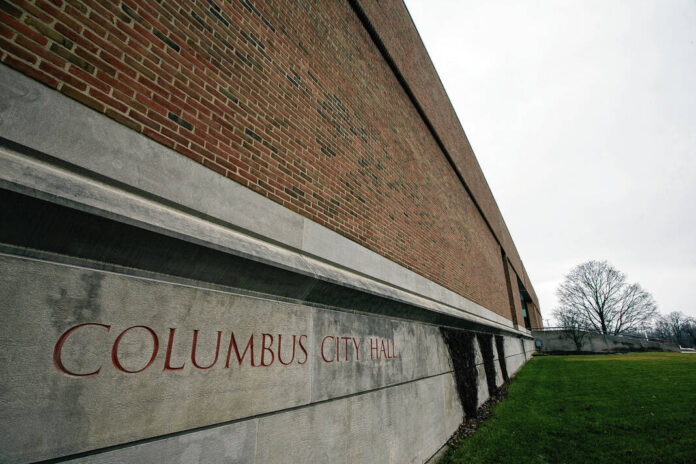COLUMBUS, Ind. — Columbus will contribute some of its COVID relief funds to help low-income residents connect their homes to new broadband infrastructure.
The Columbus Board of Works has approved an agreement between the city and Hoosier Networks, LLC for a digital access program. Hoosier Networks is a fiber network utility provider established by Meridiam Infrastructure North American Corp., which has agreed to create a fiber network that officials say will reach at least 85% of Columbus and is also creating networks in Bartholomew County, Bloomington and Shelbyville.
“We’re looking at what we’re calling a digital equity program, which is assisting lower-income residents with being able to connect to the fiber itself,” said City Director of Finance, Operations and Risk Jamie Brinegar. “There are two pieces to the cost of having fiber to your home. One is the monthly expense, and the second is the drop from the conduit to the home. One of the things we’ve discussed with Meridiam and Hoosier Networks was partnering with them to cover that cost of the drop from the conduit to the home. And one of the ways we can do that is with our American Rescue Plan money.”
According to the agreement approved by the board of works, Hoosier Networks and the city of Columbus will establish a digital access program to “achieve a fair distribution of the internet and modern technology throughout the city, and to reduce the societal disparities among income, race, age, gender, and geographic location.”
Under the agreement, the city will contribute up to $625,000 to a digital access fund. These dollars will be used to cover 50% of “drop costs” to income-qualifying residents for up to $350 per unit. Additionally, if there are still city funds left in this account five years after it is established, the remaining funds will go toward “any activities supporting digital access for city residents.”
In turn, Hoosier Networks will cover at least 50% of drop costs to income-qualifying residents while city’s funds remain available and 100% of costs thereafter.
For more on this story, see Thursday’s Republic.





